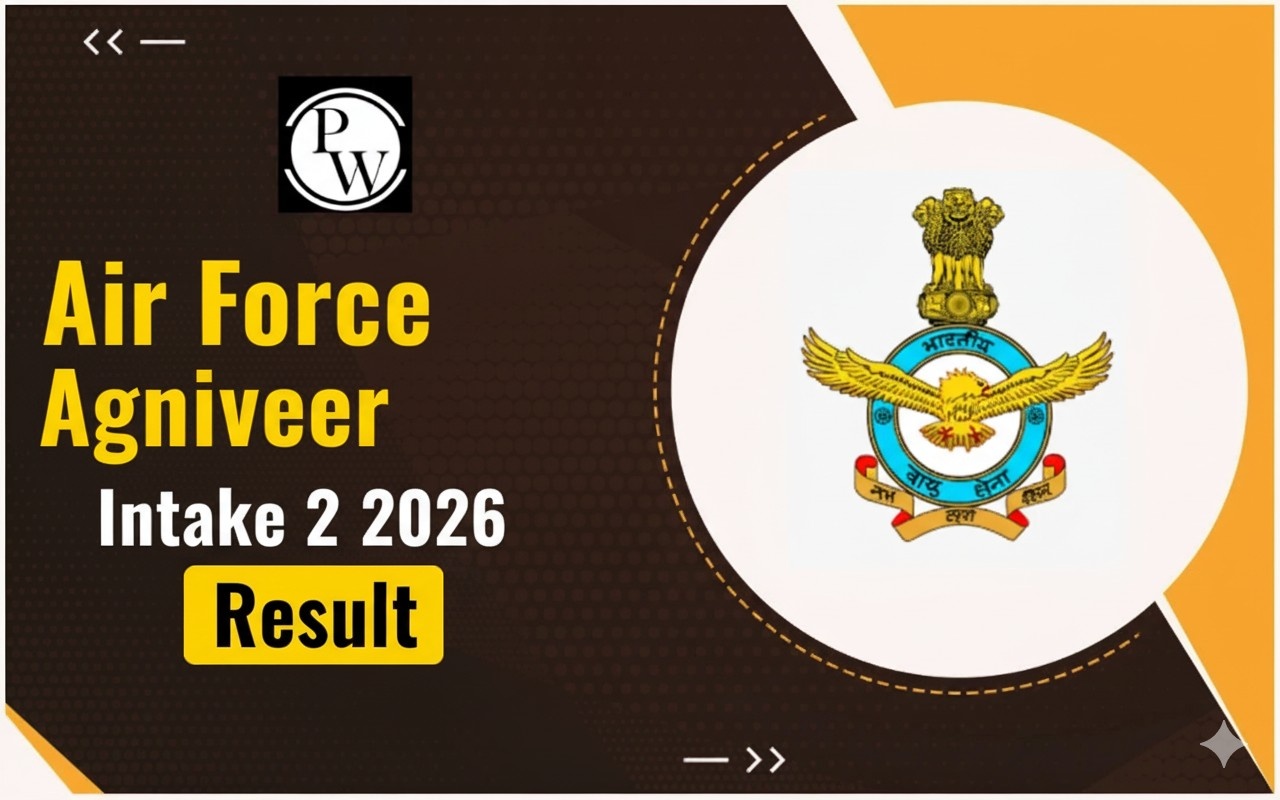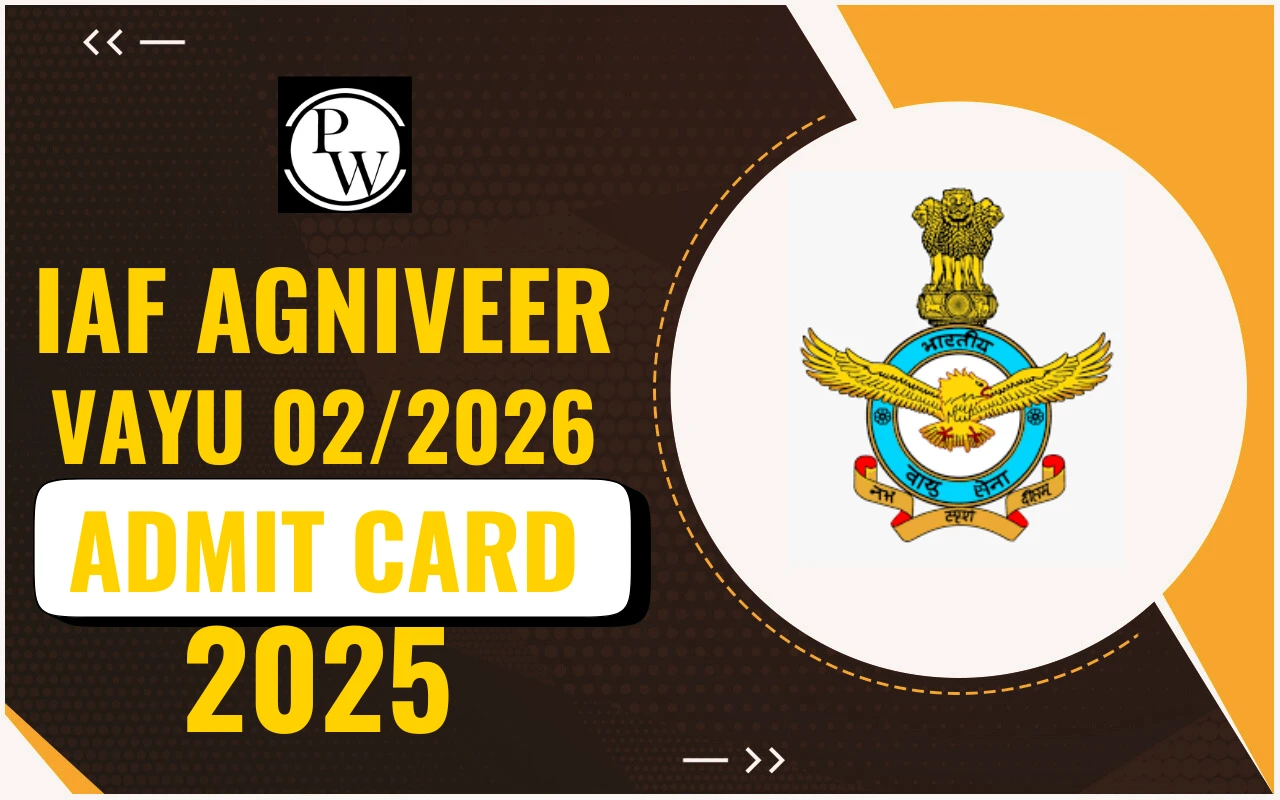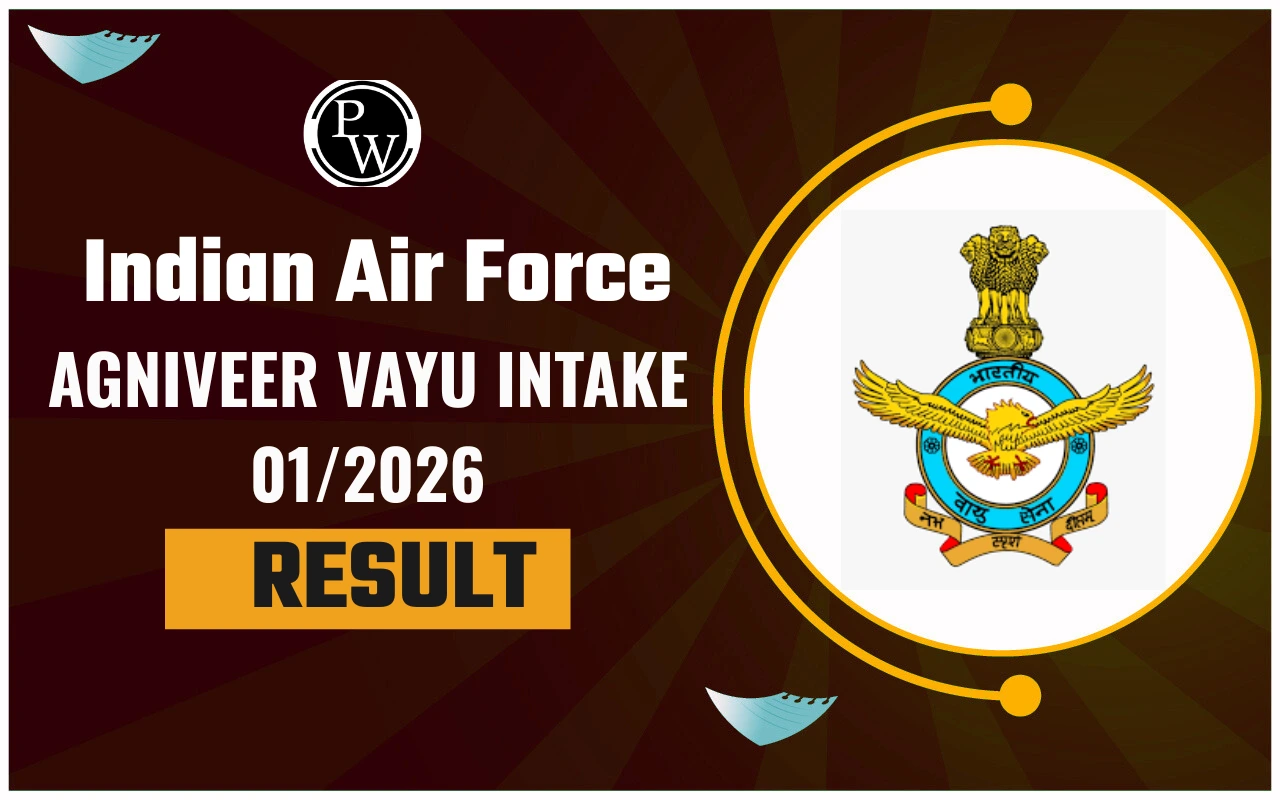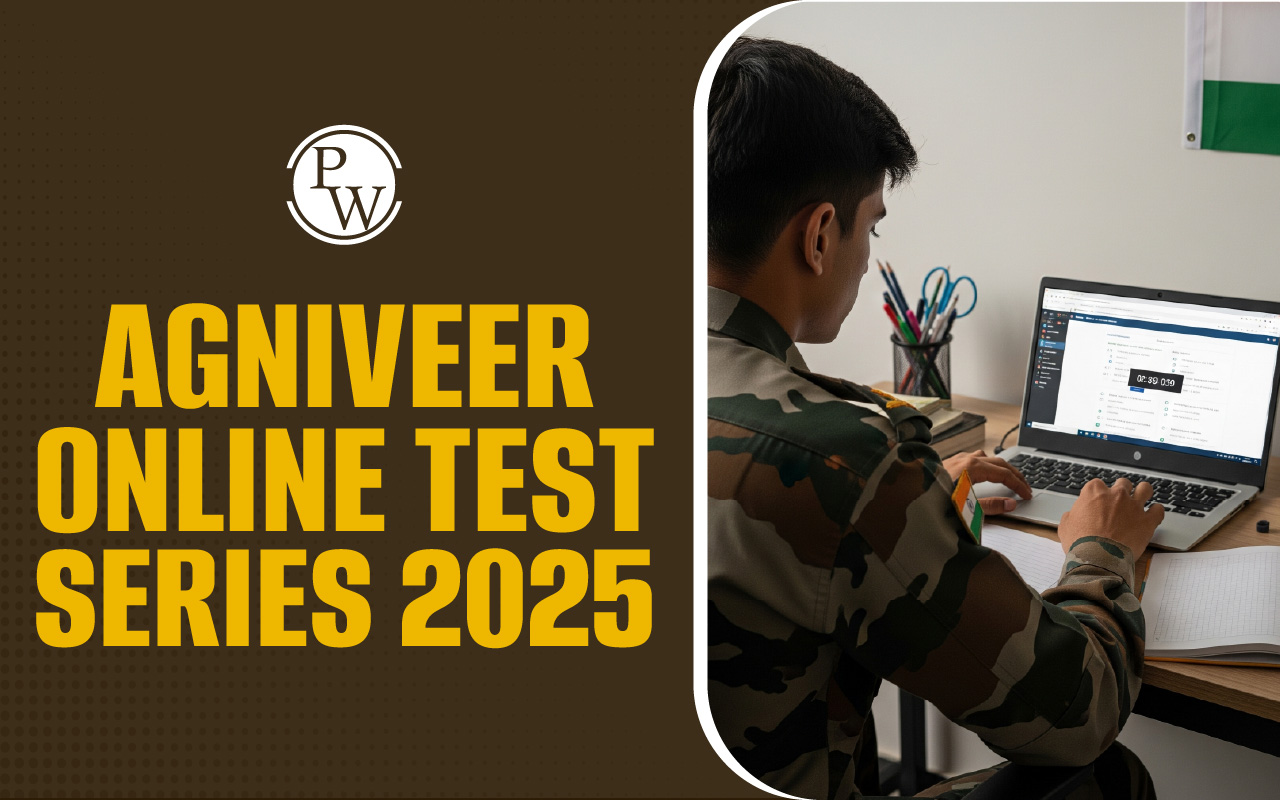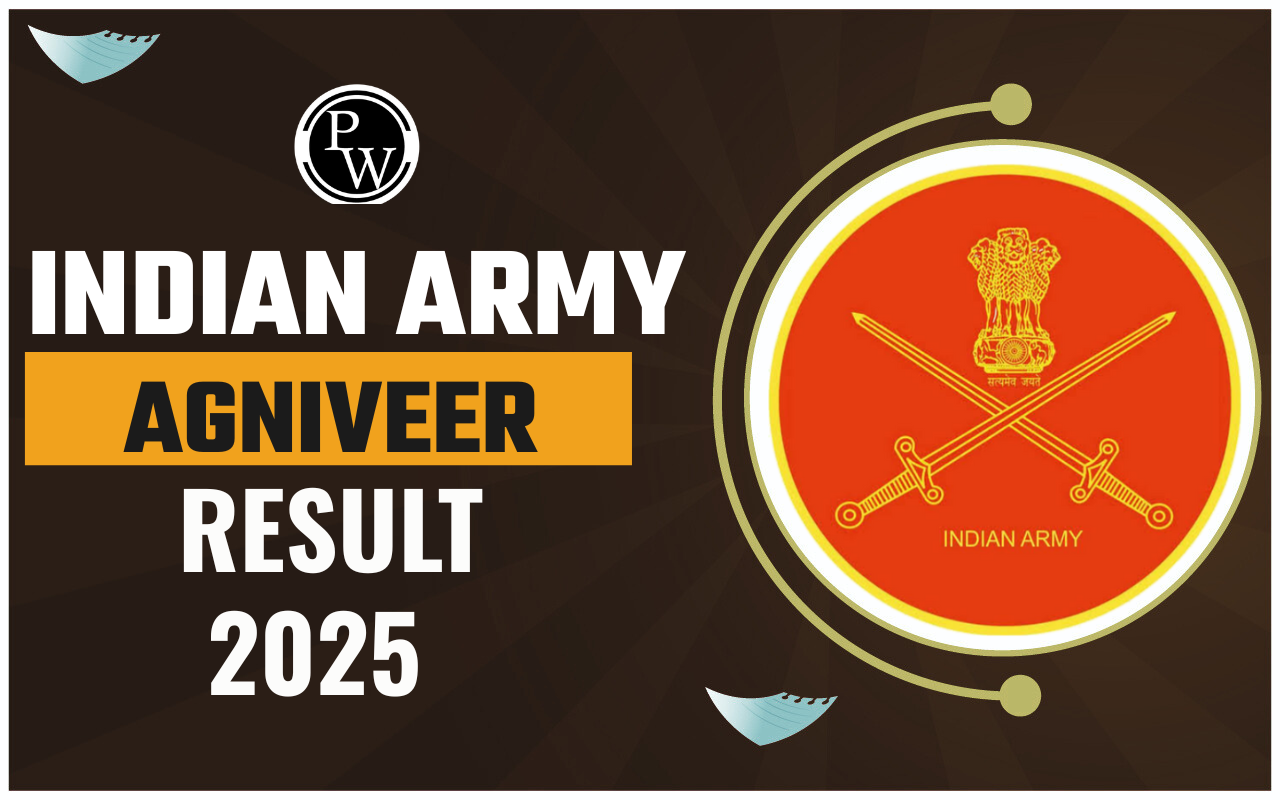
S-400 Defence Missile System: S-400 Defence Missile System is a key shield with India. The tense border situation between India and Pakistan spread multiple news in many portals. On the other hand, it covers the news related to the S-400 Defence Missile System damage. It is completely fake. S-400 Defence Missile System turned out to be a long-range missile system in India to combat the immediate threat situations. The two names deserving respect to bring S-400 to India are Late Manohar Parrikar (Defense Minister), and Dr S Jaishankar (Foreign Minister). India can acquire a strong defense system that helps to lock and shoot the Pakistan's drones. S-400 has been integrated into the Integrated Air Command and Control System (IACCS) to share the data related to radars and missile units. Russia has delivered another batch of the formidable S-400 'Triumf' long-range air defense system to India. This delivery marks the arrival of the third regiment of S-400 Triumf missile systems, reaffirming India's commitment to bolster its air defense capabilities. This article looks into the importance of this delivery and the historical lineage of air defense systems that have led to the creation of the S-400. It also explores the S-400's counter-stealth capabilities and its role in the modern era of defense.
S-400 Missile Types & Performance On Threat Response
Border Tensions have started between Indian and Pakistan after the Phalgham attack. India’s S-400 Missile Defence System is in the news for its immediate response system to threats. Several news portals in the media created news about Pakistan damaging our S-400 Defence Missile System. On the other hand, this news turned out to be fake. Let’s discuss about S-400 Missile Types & Performance reaction to the immediate threat response.
-
Layered Defence In S-400 Air Missile: S-400 Defence Missile System comes with a layered defence. It is capable of shooting down cruise missiles, ballistic, drones, and stealth planes.
-
Advanced Radar System: The presence of the advanced radar system is effective in detecting 300 targets at a time. The missile system's range is 600 km.
-
High Mobility S-400 Missile Defence System: The S-400 Missile Defence System is placed with the mobile launchers. This missile system can be launched from any terrain.
-
Rapid Deployment Against Threat: It takes around 5 minutes to deploy the S-400 Missile Defence System from any terrain to respond against any immediate threatening situation.
|
Missile Type |
Maximum Range Of Missile |
Missile Target Altitude |
Role |
Target |
|
40N6 |
400 km |
up to 30 km |
Long-range aircraft |
AWACS, Missiles |
|
48N6 |
250 km |
up to 30 km |
Medium-range aircraft |
Aircraft, Cruise Missiles |
|
9M96E2 |
120 km |
up to 30 km |
Medium-range |
Fast Jets, Precision-Guided Munitions |
|
9M96E |
40 km |
up to 30 km |
Short-range |
Fighter Aircraft |
Russia's S-400 Delivery to India
Russia recently fulfilled its commitment to India by delivering the third regiment of S-400 Triumf self-propelled surface-to-air missile (SAM) systems to the Indian Air Force (IAF). India's decision to acquire the S-400 defence missile system was made in October 2018 when it signed a $5.5 billion deal with Russia. The goal was to acquire five S-400 systems, aimed at enhancing the country's air defense capabilities significantly. Two regiments have already been inducted into the Indian Air Force, with the first regiment delivered in December 2021 and deployed in the Punjab sector. The second regiment arrived in 2022 and was stationed in the Chicken Neck sector of Sikkim to counter potential threats from China. With the delivery of the third regiment, India takes another substantial step toward fortifying its air defense strategy.Historical Roots of Russian Air Defense
The success of the S-400 Triumf and its predecessors can be traced back to the substantial investments made by the Soviet Union in ground-based air defense (GBAD) during the Cold War. The first Soviet anti-aircraft missile system was the S-25 'Berkut,' introduced in 1955. Capable of engaging supersonic targets at altitudes of up to 20 kilometres, it marked the beginning of a lineage of powerful air defense systems. The S-25, however, lacked mobility, which was a crucial factor for effective air defense. This led to the development of the S-75 'Dvina,' one of the most widely deployed air defense systems in history. The S-75 system is notable for its role in shooting down American-made aircraft, notably the U-2 'Dragon Lady' spy plane, leading to significant diplomatic tensions during the Cold War. Another historical turning point was the use of the S-75 in the shootdown of an American U-2 aircraft during the Cuban Missile Crisis in 1962. This event brought the world to the brink of nuclear conflict, illustrating the capabilities of these air defense systems. Also Check - Israel’s Iron Dome Defense SystemIntroduction of S-300 and the S-400 Defence Missile System
The S-300P system was developed in the late 1960s and early 1970s to replace the aging S-25 and S-75 mobile SAM systems. It officially entered service in 1978, further enhancing the Soviet Union's air defense capabilities. The ongoing Russia-Ukraine conflict demonstrates the efficacy of the S-300 system, which has been praised for accounting for most Ukrainian shootdowns of Russian fighter jets. The S-400, previously known as the S-300 PMU-3, was developed in the 1990s to upgrade the S-300 series. The system incorporates 70-80% of technology from the initial S-300 design, including missile storage containers, launchers, and radars. Notably, the S-400 offers an operational range of up to 400 kilometers and a surveillance range of up to 600 kilometers. It can engage targets flying at altitudes of 30 kilometers at speeds of 17,000 kilometers per hour, making it a genuinely lethal air defense system.Capabilities of S400 Missile Defence System
The S-400 Defence Missile System, often dubbed as "Triumf" or "Growler," boasts an impressive array of capabilities. This advanced long-range air defense system is designed to intercept and destroy a wide range of aerial threats, including aircraft, drones, and ballistic missiles. With an operational range of up to 400 kilometers and a surveillance range of 600 kilometers, it can engage targets at altitudes of up to 30 kilometers. What sets the S-400 apart is its exceptional speed, capable of intercepting targets flying at speeds of up to 17,000 kilometers per hour, which is approximately 13 times the speed of sound. Moreover, its counter-stealth features, particularly the VHF radar (AESA 1L119 NEBO SVU), make it a formidable adversary against stealth aircraft, such as the American F-35, extending its reach and detection capabilities. This makes the S-400 a highly versatile and potent air defense system on the modern battlefield.- Long-Range Engagement: The S-400 Defence Missile System has an impressive operational range of up to 400 kilometers, allowing it to engage targets at extended distances.
- High Altitude Defense: It can effectively intercept targets flying at altitudes of up to 30 kilometers (approximately 98,400 feet), making it a versatile air defense system.
- High-Speed Targets: The S-400 is capable of engaging targets traveling at speeds of up to 17,000 kilometers per hour or around 13 times the speed of sound (Mach 13).
- Multiple Target Tracking: The system can simultaneously track and engage multiple targets, making it ideal for defending against various aerial threats.
- Counter-Stealth Capability: The S-400's ability to counter stealth aircraft, notably the F-35, hinges on its Very High Frequency (VHF) radar, the AESA 1L119 NEBO SVU. Russian VHF radars are known for detecting stealth aircraft at greater distances, allowing the NEBO SVU to spot an F-35 at about 152 kilometers. This provides aircraft like the Su-35 with an edge in air defense operations.
- Broad Surveillance Range: The surveillance range of the S-400 Defence Missile System extends up to 600 kilometers, allowing it to detect and track targets at considerable distances.
- Diverse Targets: It can engage a wide range of targets, including aircraft, drones, ballistic missiles, and cruise missiles.
- Mobile and Versatile: The system's mobility enables it to be rapidly deployed and positioned, making it adaptable to different operational requirements.
- Adaptive Firepower: The S-400 Defence Missile System can launch various types of interceptor missiles to counter different threats effectively.
- Enhanced Accuracy: While VHF radars lack pinpoint accuracy, they provide a general vicinity of low Radar Cross-Section (RCS) targets, cueing more precise radar systems for interception.
- Integrated Air Defense: The S-400 can be integrated with other air defense systems, creating a robust and layered air defense network.
- Versatility in Various Environments: It can operate in diverse geographical and environmental conditions, ensuring its effectiveness in different scenarios.
S-400 Missile Defence System FAQs
Q1. What is the significance of Russia's recent delivery of the S-400 Triumf air defence system to India?
Q2. How did the historical lineage of air defence systems lead to the creation of the S-400 Defence Missile System?
Q3. What are the key capabilities of the S-400 Defence Missile system?
Q4. How does the S-400's counter-stealth capability work?
Q5. Can the S-400 operate in various environmental conditions?

